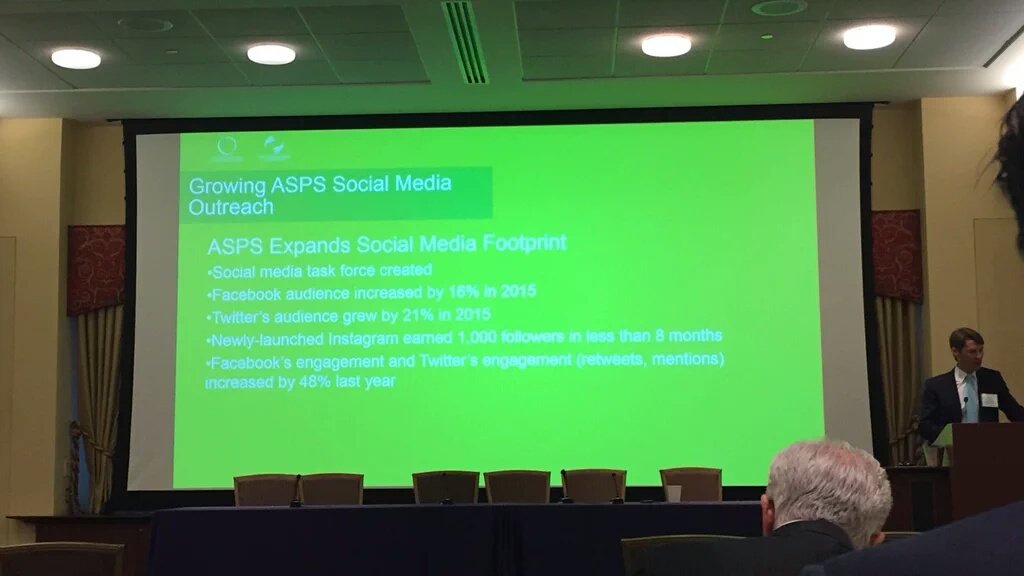 What should I do watching a bad presentation? Sadly, with the desire to improve one’s presentations comes the realisation of how poor many presentations really are. With the connection that Twitter brings and the ability to receive wisdom from conferences far away also comes the feed of disastrous slides, the complaint of meaningless presentations and awful delivery. The “mute” function is easily deployed on Twitter, but what to do if you are actually there, faced with “that” presentation.
What should I do watching a bad presentation? Sadly, with the desire to improve one’s presentations comes the realisation of how poor many presentations really are. With the connection that Twitter brings and the ability to receive wisdom from conferences far away also comes the feed of disastrous slides, the complaint of meaningless presentations and awful delivery. The “mute” function is easily deployed on Twitter, but what to do if you are actually there, faced with “that” presentation.
It is important to recognise that the presenter probably doesn’t know any differently. We learn our presentation styles from copying others principally and in the same way the fashion of tiny font references and pie charts are sweeping the presentation world so too bad habits are promulgated amongst those who know no better, aspire to be as good as those around them and invest huge amounts of time and effort to deliver “that” presentation, probably directed to do so by well meaning seniors. No one intentionally gives a bad presentation.
The message of a presentation, p1 is always there, even if buried under data. Try to focus solely on the speaker, listen carefully to their words and don’t be distracted by the supportive media that is usually overwhelming. Focus on the presenter and their delivery p3 and that will block the p2. Try to observe the structure and then define the key message. With that, think of one simple question you might ask if the chance arose. This will encourage you to consider the message and how you might deliver it differently.
Faint praise is no praise at all but effective critique may help an inquisitive presenter to improve. Consider the presentation you have received, its key message and the effort put into constructing the piece. Avoid the cliched response but consider how you might encourage the presenter if they sought your advice. Structure your query itself with a question offering your view on what you found a challenge and asking asking “why”. Remember no one sets out to deliver a bad presentation and we can only aspire to the examples we are aware of. Perhaps offer support for a future presentation, direction to this website and one specific piece of advice. The journey to better presentations starts usually with small steps and encouragement, not criticism.
One other thing I do, though still self-serving, is to work out exactly what the presenter is doing wrong. I note down specific examples rather than an “O, my goodness, this is a dogs’ dinner” and try and figure out how I would make it better. This works as a learning exercise for myself and helps me reflect on my own practice. It also then may afford me the opportunity to help improve a presentation. This sort of thing is quite common when registrars are made to give talks that they are not passionate about. At a higher level conference,like SMACCmini or DFTB17, I’ll just tell all the speakers that Ross Fisher is in the audience…
Great post Ross! There are many articles discussing the poor quality of presentations but yours offers smart considerations on how to extract value from any speaker and in the process, perhaps get a better understanding of what makes a presentation work (and consequently, what doesn’t!). Trying to visualize the presentation structure while ignoring distracting, poorly produced visual aids seems like a valuable exercise for any audience member.
It’s interesting to note just how compelling it is to look at a slide set even when consciously trying not to (and not only to marvel at the shear awfulness of some of them). Sat through presentations today and I found my eyes were continually drawn to those damn bullet points even though I was trying so hard to listen to the message!